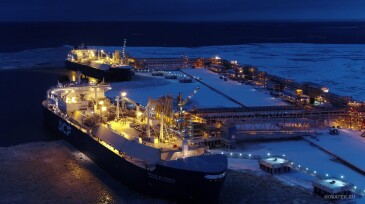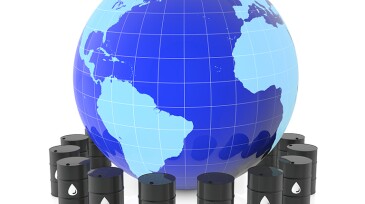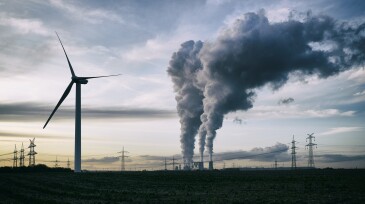oil prices
-
After Russia started a war in Ukraine, oil prices increased and brought in higher oil export revenues in the short run. Longer term, things are looking rougher.
-
High prices have predictably led to production booms that end in busts. But in this cycle, the focus has shifted from production growth to cash flow growth.
-
The reduction is the largest OPEC+ has made since April 2020, but it may translate to a cut of only 1.1 million B/D because of underproducing members.
-
Amin Nasser said the European energy crisis is a direct result of underinvestment in the oil and gas industry and poor contingency planning.
-
The latest move to reduce output requirements comes after the coalition lowered its expectations for surplus crude in the market.
-
Although energy efficiency has long been mentioned as a means toward achieving Paris Agreement goals, the “more exciting” announcements about carbon capture and storage grabbed attention. Will concerns about energy security and high prices help bring it to the forefront?
-
The big oil producers are balancing the chasing of more production with delivering dividends to shareholders. So far, the scale is tipping in favor of shareholders. But it’s not that cut and dried. Simplifying the complexity of the global market shines, at best, a narrow beam on some of the factors affecting production.
-
With global crude prices trading steadily above $100/bbl since March, the world's largest oil company is now the largest company, period.
-
Employment is not a direct function of oil prices, but of upstream and midstream investment and activity. Fluctuations in SPE membership generally lag the activity increase or decrease by 1–2 years. It is expected that the current upcycle of activity will contribute to a rebound in membership, especially among the young professionals.
-
The surge in oil and gas prices has reminded Europeans that they still need hydrocarbons and reminds them why they want to replace them.









